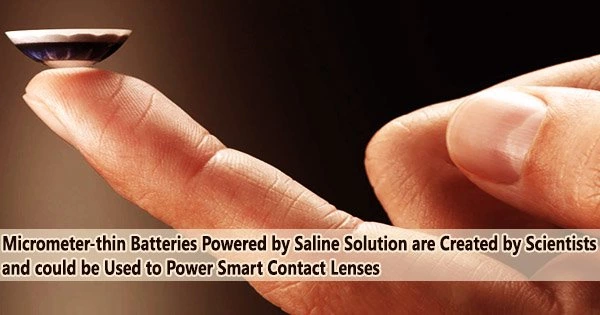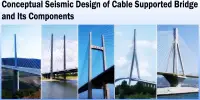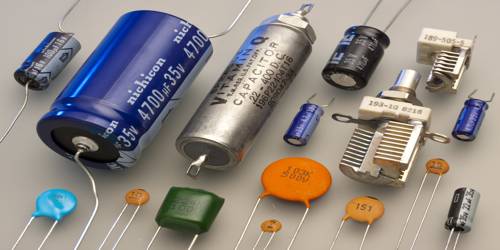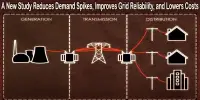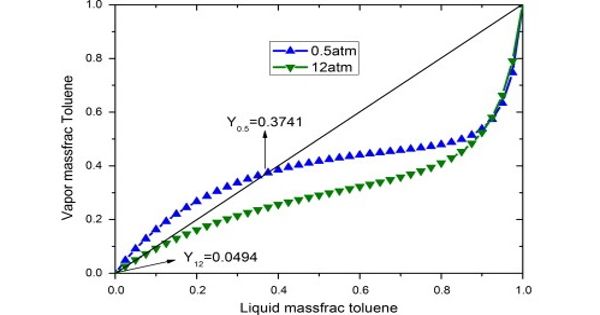One day, a flexible battery as thin as a human cornea that stores electricity while submerged in saline solution has been developed by researchers at Nanyang Technological University, Singapore (NTU Singapore). This battery could power smart contact lenses.
Smart contact lenses are cutting-edge eyewear that can access augmented reality and display visible information on our corneas. Currently, uses include assisting in vision correction, keeping track of wearers’ health, and identifying and treating diseases in persons with chronic illnesses like diabetes and glaucoma. In the future, it may be possible to create smart contact lenses that will record and transmit everything a wearer hears and sees to a cloud-based data storage system.
But in order to realize this potential in the future, a reliable and appropriate battery must be created. Existing rechargeable batteries rely on metal-containing cables or induction coils that are uncomfortable and dangerous for the user, making them unsuitable for use in the human eye.
The battery created by NTU is built of biocompatible materials and doesn’t have any wires or hazardous heavy metals like those found in wireless charging devices or lithium-ion batteries. The glucose-based coating on the battery interacts with the sodium and chloride ions in the saline solution around it to produce electricity, with the water inside the battery acting as the ‘wire’ or ‘circuitry’.
Human tears could also be used to power the battery because they contain sodium and potassium ions, albeit in smaller amounts. The researchers demonstrated that the battery’s life would be increased by an hour for each twelve-hour wearing cycle by testing the current battery with a simulated tear solution. The battery can also be charged conventionally by an external power supply.
Associate Professor Lee Seok Woo, from NTU’s School of Electrical and Electronic Engineering (EEE), who led the study, said: “This research began with a simple question: could contact lens batteries be recharged with our tears? There were similar examples for self-charging batteries, such as those for wearable technology that are powered by human perspiration.”
“However, previous techniques for lens batteries were not perfect as one side of the battery electrode was charged and the other was not. Our approach can charge both electrodes of a battery through a unique combination of enzymatic reaction and self-reduction reaction. Besides the charging mechanism, it relies on just glucose and water to generate electricity, both of which are safe to humans and would be less harmful to the environment when disposed, compared to conventional batteries.”
As this battery is based on glucose oxidase, which occurs naturally in humans and powered by chloride and sodium ions, such as those in our tears, they should be compatible and suitable for human usage. Besides that, the smart contact lenses industry has been looking for a thin, biocompatible battery that does not contain heavy metals, and this invention could help further their development to meet some unmet needs of the industry.
Professor Murukeshan Vadakke Matham
Co-first author Dr. Yun Jeonghun, a research fellow from NTU’s EEE said: “The most common battery charging system for smart contact lenses requires metal electrodes in the lens, which are harmful if they are exposed to the naked human eye. Meanwhile, another mode of powering lenses, induction charging, requires a coil to be in the lens to transmit power, much like wireless charging pad for a smartphone. Our tear-based battery eliminates the two potential concerns that these two methods pose, while also freeing up space for further innovation in the development smart contact lenses.”
Highlighting the significance of the work done by the research team, NTU School of Mechanical & Aerospace Engineering Associate Professor Murukeshan Vadakke Matham, who specialises in biomedical and nanoscale optics and was not involved in the study, said: “As this battery is based on glucose oxidase, which occurs naturally in humans and powered by chloride and sodium ions, such as those in our tears, they should be compatible and suitable for human usage. Besides that, the smart contact lenses industry has been looking for a thin, biocompatible battery that does not contain heavy metals, and this invention could help further their development to meet some unmet needs of the industry.”
The research team has filed for a patent through NTUitive, NTU’s innovation and enterprise company. They are also working towards commercialising their invention.
The findings were published in the scientific journal Nano Energy in June.
Cry me a current
The team demonstrated their invention using a simulated human eye. The battery, which is only 0.5 millimeters thick, produces electricity by reacting to the basal tears, which are the ongoing tears that form a thin layer over our eyeballs and enable the lenses’ integrated components to work.
When the glucose oxidase coating of the flexible and flat battery reacts with the sodium and chloride ions in the tears to produce power and current within the contact lenses, it discharges electricity through a procedure known as reduction.
The team showed that the battery could generate a maximum power of 201 microwatts and a current of 45 microamperes, which is more than enough to power a smart contact lens.
Laboratory tests showed that the battery could be charged and discharged up to 200 times. Typical lithium-ion batteries have a lifespan of 300 to 500 charging cycles.
To charge the battery while the user is sleeping, the team advises that it be left in an appropriate solution with a high concentration of glucose, sodium, and potassium ions for at least eight hours.
Co-first author Miss Li Zongkang, a PhD student from NTU’s EEE said: “Although wireless power transmission and supercapacitors supply high power, their integration presents a significant challenge due to the limited amount of space in the lens. By combining the battery and biofuel cell into a single component, the battery can charge itself without the need for additional space for wired or wireless components. Furthermore, the electrodes placed at the outer side of the contact lens ensures that the vision of the eye cannot be obstructed.”
To increase the amount of electrical current their battery can discharge, the NTU team will carry out additional research. To deploy their technique, they will also collaborate with other companies that make contact lenses.
